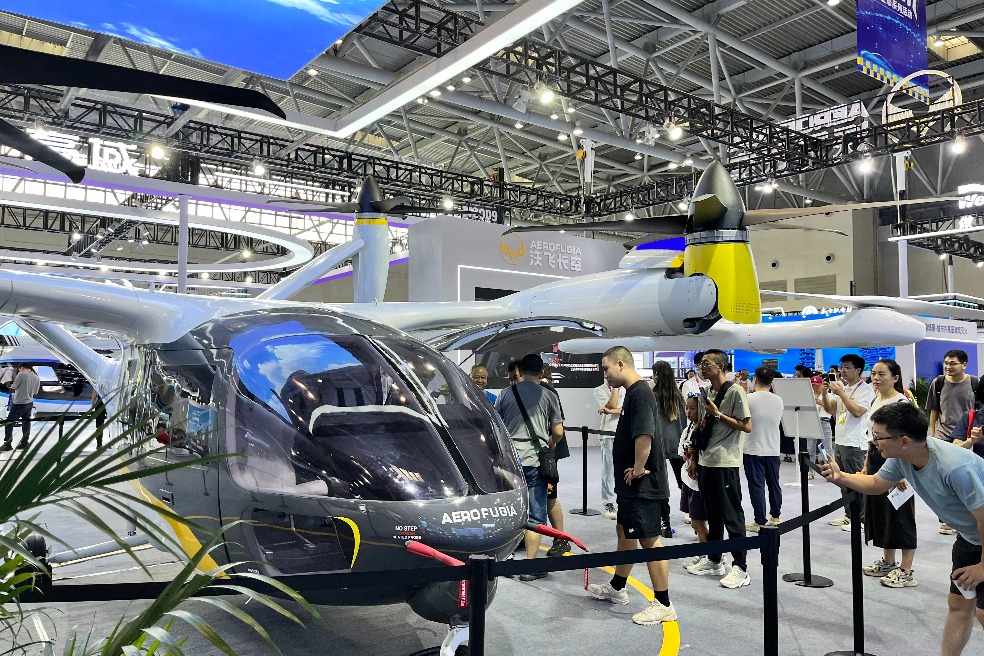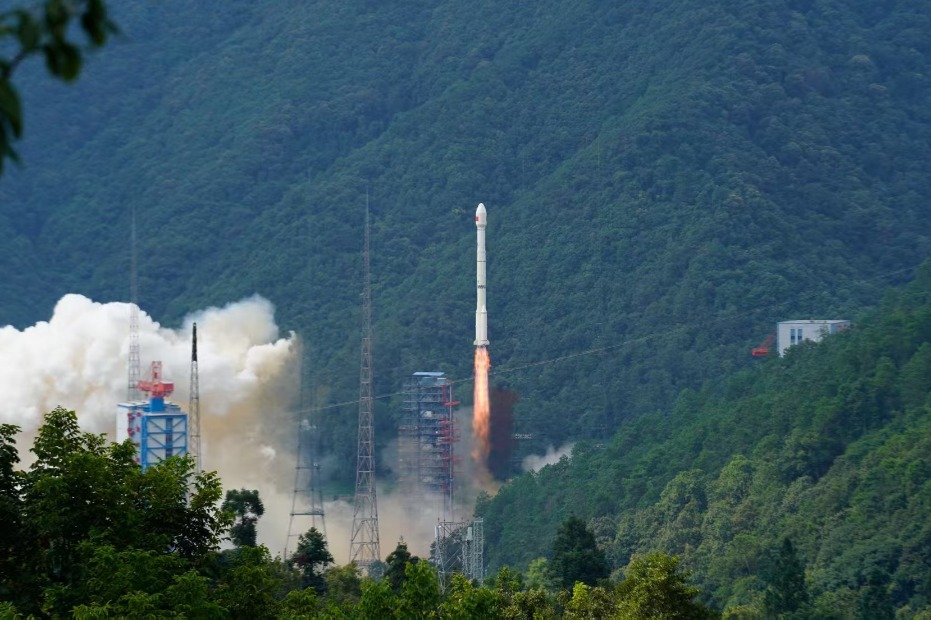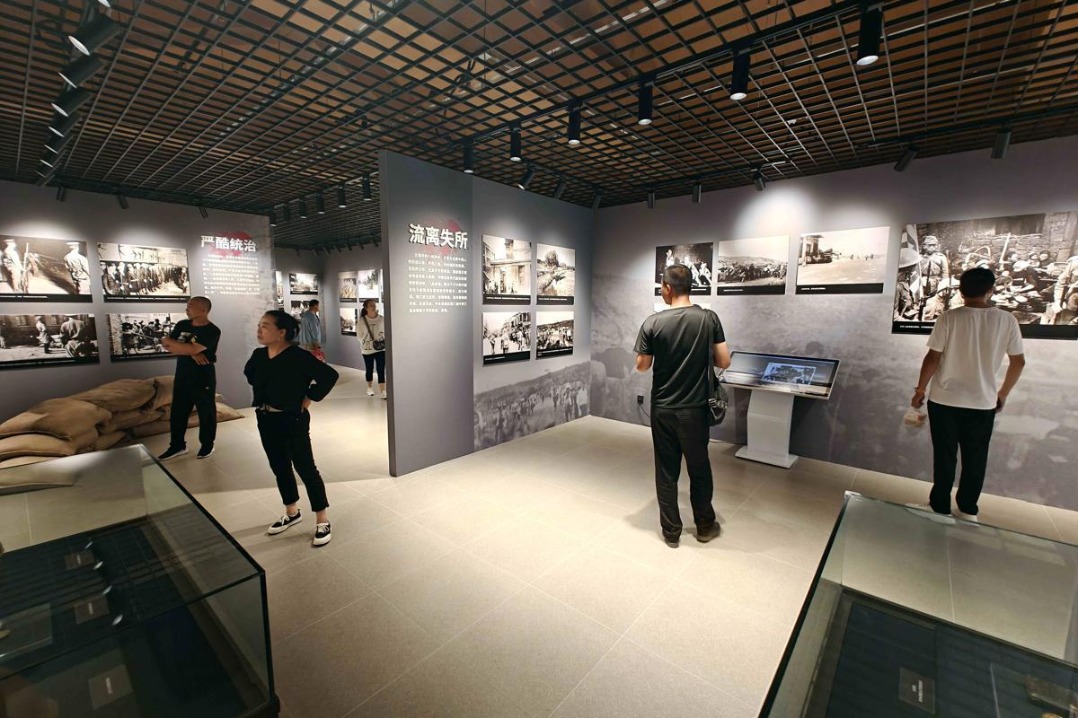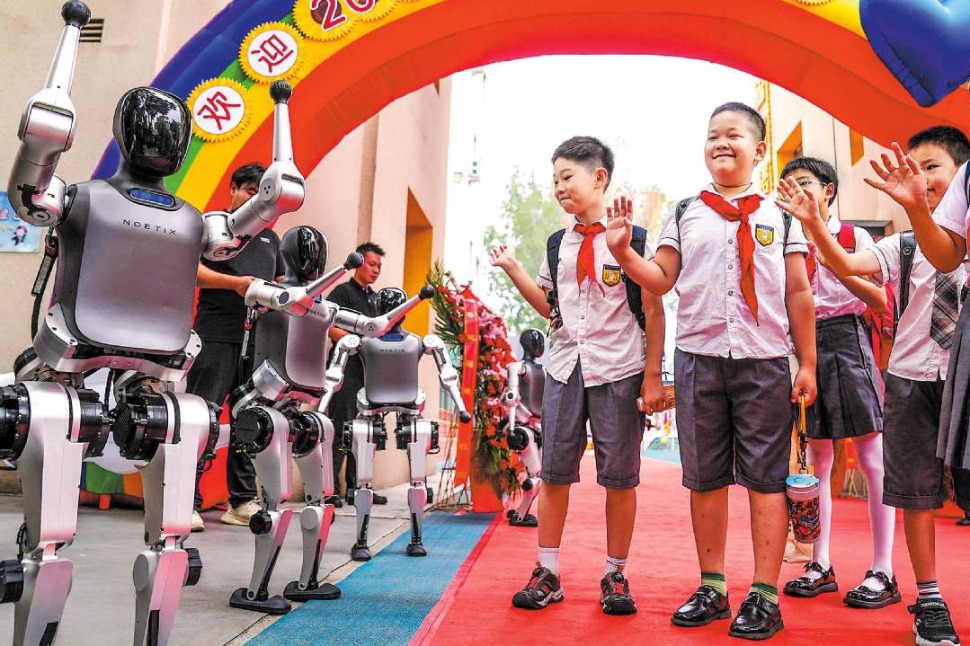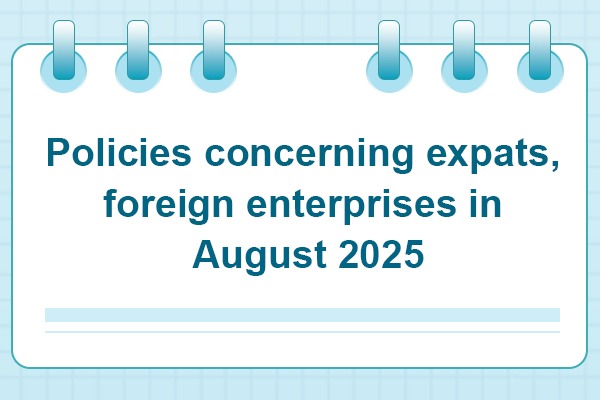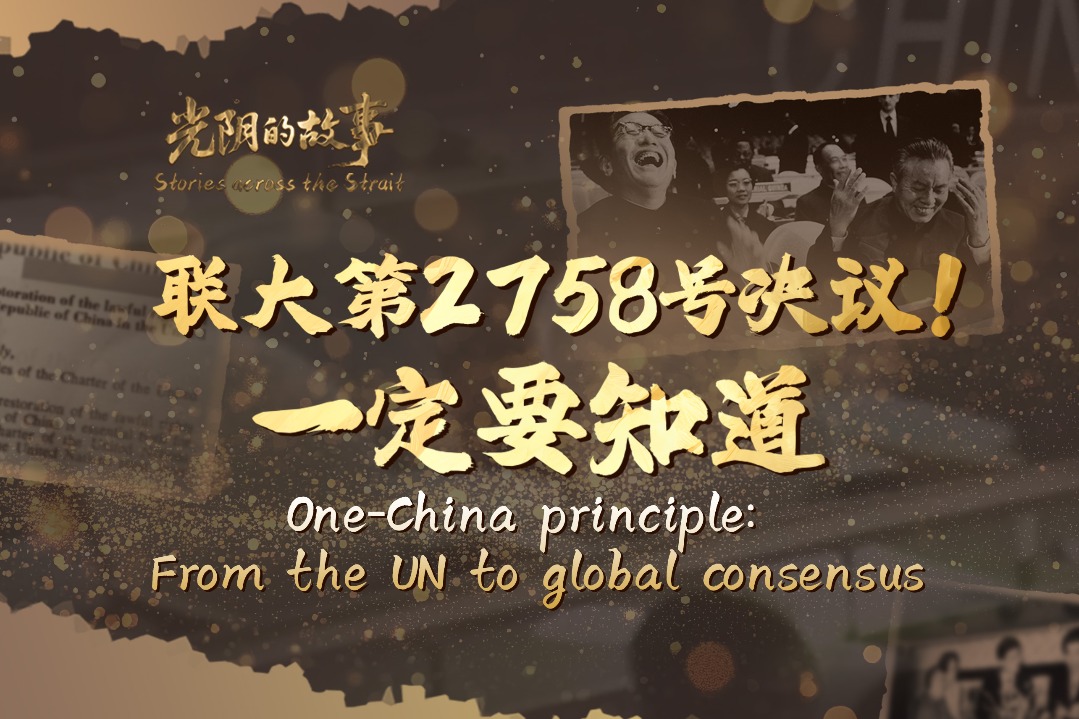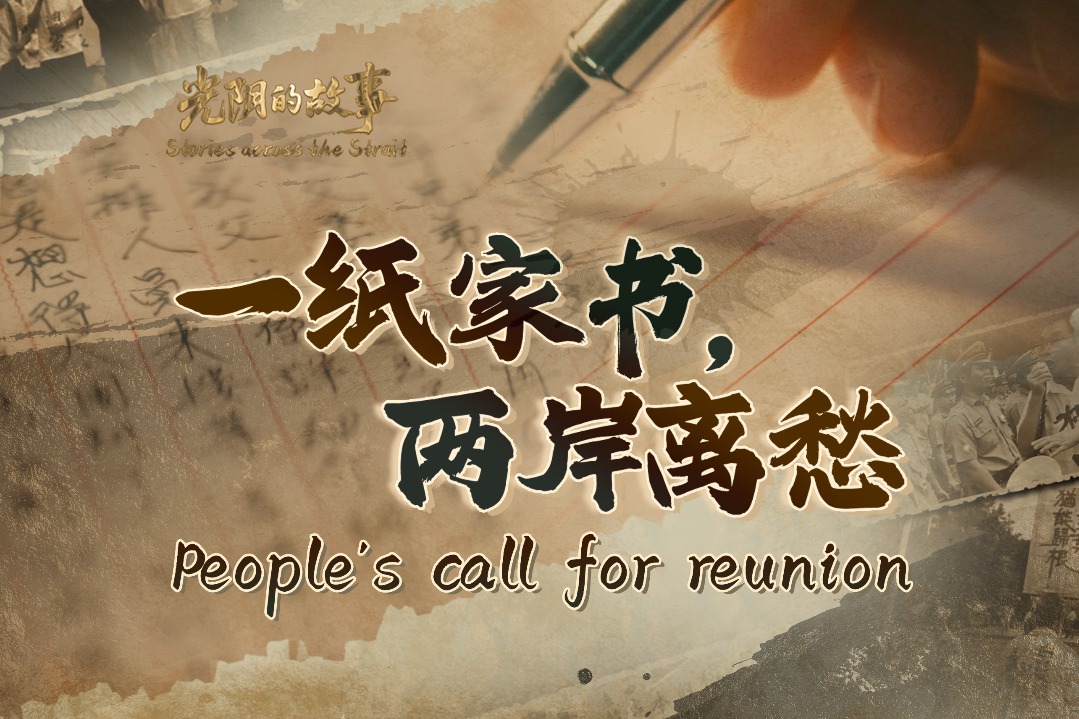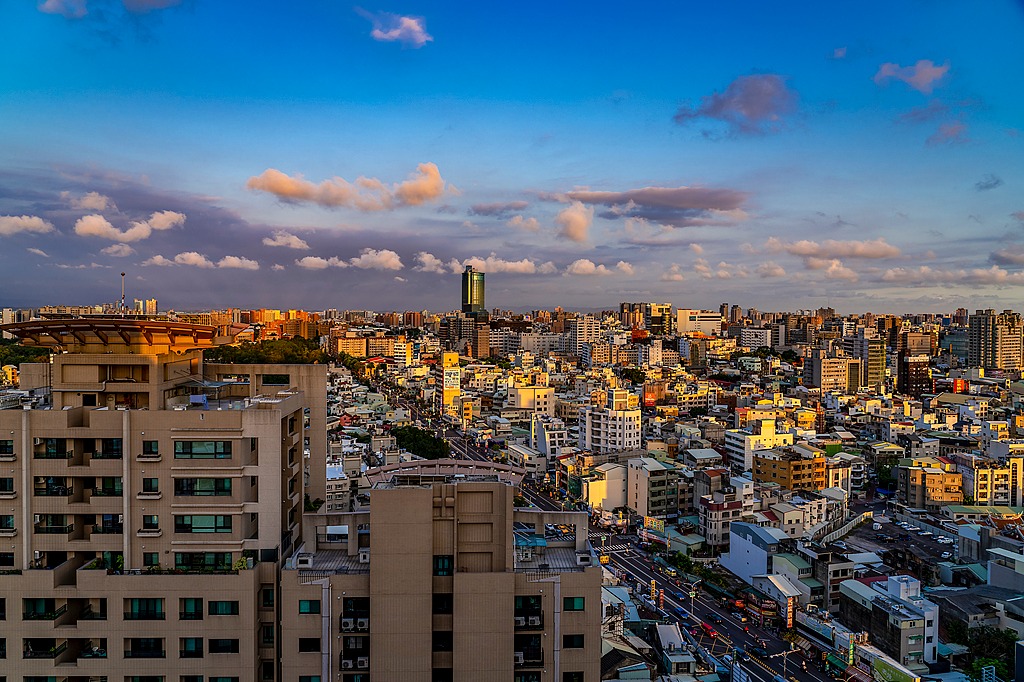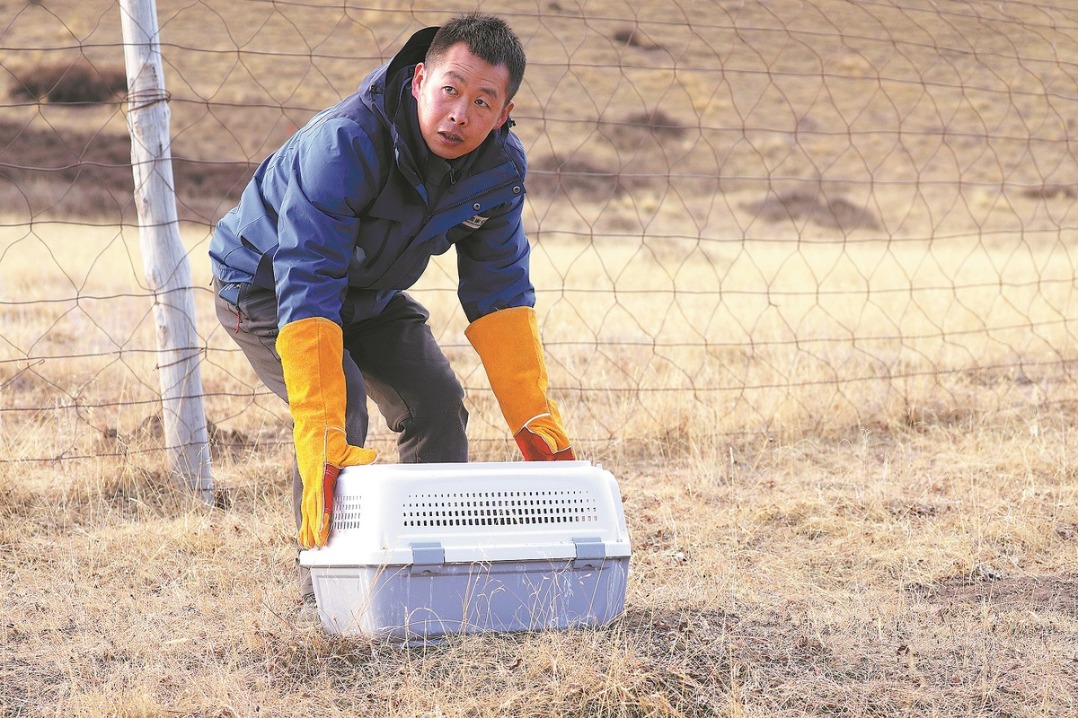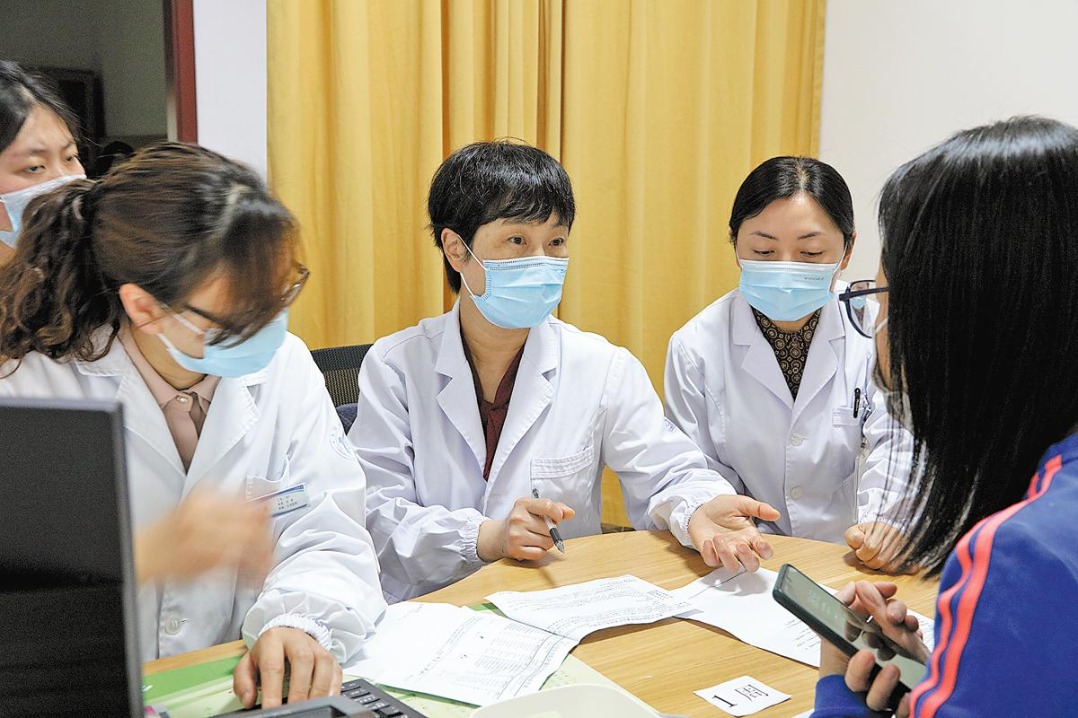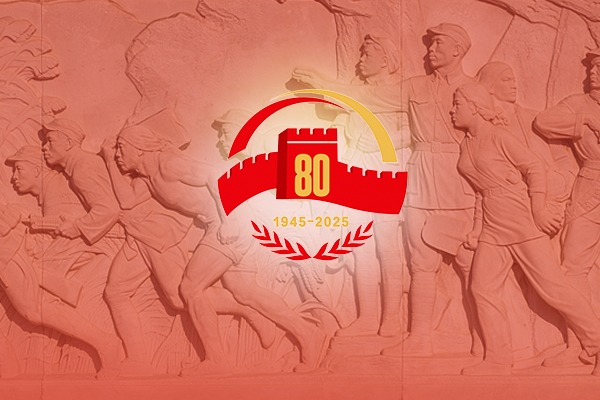China's Epic Journey from Poverty to Prosperity

Panel 9 Achievements in Rural Infrastructure
High-quality rural roads that are properly built, managed and maintained, with well-operated passenger and freight services, have made a solid contribution to eliminating poverty and creating moderate prosperity in rural areas. By 2020, all the villages, towns and townships where conditions permit were accessible by surfaced roads and served by buses. Now 62.6 percent of rural households are supplied with purified tap water, 46.2 percent of rural households use gas or liquid gas for cooking, and 68 percent of rural households are equipped with sanitary toilets. More than 90 percent of administrative villages have access to domestic waste collection and disposal facilities. More than a quarter of rural households have their domestic sewage effectively treated. Some 80 percent of administrative villages have agriculture-related information service stations.
Urbanization is increasing. Urbanization is the only route to modernization and moderate prosperity. Before the founding of the PRC, cities and towns, usually declining and rundown, were few and far between. Today, they are spread across the country, bustling with life and modern amenities.
China has gone through the broadest and fastest urbanization process in the history of the modern world. From 1949 to 2020, the percentage of permanent urban residents in the overall population rose from 10.6 percent to 63.9 percent, and the number of cities grew from 132 to 687, while the number of administrative towns soared from 2,000 to more than 21,000. Widely distributed, these cities and towns are of various sizes, each with its own characteristics. They include modern and internationalized metropolises, grandiose ancient capital cities, glamorous cultural destinations, and towns with unique features. As urbanization accelerates, tightly-knit city clusters have formed, each covering a large area and inhabited by a large population. They are becoming powerhouses driving economic development, modernization, and the improvement of urban operational efficiency and their residents' living standards.
A multi-tiered modern urban system has taken shape, composed of city clusters, metropolitan areas, cities of all sizes, and towns, all developing in tandem.
People-oriented new urbanization is accelerating. As places where people can enjoy high-quality life, Chinese cities are becoming more livable, innovative, smarter, greener, more people-centered and resilient. With advanced water, electricity, gas, road, internet and other infrastructure, cities are safer and better able to ensure that residents' basic living needs are met (Panel 10). Employment is more diverse and opportunities are more equitable, education resources are better and more balanced, the medical care system is more mature and advanced, and shopping and traveling are easier and smarter. Many more people are settling in cities and the living standards of urban residents continue to improve.
Libraries, museums, art galleries, exhibition halls, gymnasiums and stadiums, culture centers, cinemas and theaters have grown in numbers and quality. Public reading activities, urban public cultural spaces, and the application of digital, internet and smart technologies in public cultural services and products have all developed at a faster pace. Basic public cultural services in cities have become more accessible, better in quality and more customized. People's diverse and higher-level needs are satisfied. During the day, cities are abuzz with activities, while at night they glitter with color. Night markets, night performances, late-night bookstores, light shows, and round-the-clock convenience stores have mushroomed, fueling night life, night culture, and the night economy, so that people can enjoy quality after-work life.
The urban environment is improving. Urban dwellers' dreams of living in places with mountains and waters reminiscent of their pastoral roots have come true. Urban planning is more people-oriented. Working, living and environmental spaces are divided more clearly and more rationally. City planning attaches greater importance to the preservation of historical sites and cultural traditions. The Chengdu-Chongqing economic circle is taking shape and growing fast, becoming an important engine driving the country's high-quality development. The construction of the Xiong'an New Area has picked up speed, and it is emerging as a future city vital to the country's long-term development and an icon of socialist modernization.
A new urban-rural relationship is taking shape. Urban development has boosted rural development, and vice versa. The flow and transfer of factors of production between urban and rural areas, including labor, capital, technology and data, has become smoother. Cities have gradually lifted restrictions on household registration, while policies to promote the flow of talent, capital and technology from urban to rural areas have been formulated or improved. The development potential of rural areas and agriculture is being unleashed. Reform is under way to establish a uniform urban-rural household registration system. It is becoming easier for people moving from rural to urban areas to gain permanent urban residency. From 2016 to 2020, about 100 million people were granted permanent urban residency. A residence permit system has been implemented, under which permanent urban residents are increasingly covered by basic public services such as compulsory education, medical and health services, skills training, and social security.
Panel 10 Achievements in Urban Infrastructure
By 2020, there were 459,200 km of urban roads, and 704,000 buses and trolley buses in service. Meanwhile, 99 percent of China's urban residents had access to tap water and 97.9 percent to natural gas; centralized heating covered 9.9 billion sq m; urban sewage pipelines stretched 803,000 km. The sewage treatment rate reached 97.5 percent, and 99.7 percent of domestic waste was subject to harmless disposal; vegetation coverage was 2.4 million ha in urban built-up areas, with a coverage rate of 42.1 percent.
Rural residents have more options in both urban and rural areas. They can either stay in the rural areas where they have fields to till and homes to live in; or go to cities where they can find work and enjoy other benefits. Later they can return to their hometowns to start their own businesses assisted by favorable policies.
The income gap between urban and rural residents has been further narrowed. The urban-rural disposable income ratio has declined steadily for 13 years since 2008, to 2.56:1 in 2020. Urban and rural infrastructure has become better connected and integrated, and transport between urban and rural areas is smoother and more convenient. Unimpeded delivery of manufactured goods into rural areas and agricultural products into cities has effectively boosted rural incomes.
Measures have been taken to make up for deficiencies in county seats, as more and more rural residents choose to become urbanites in nearby county towns. Flourishing agritainment, eco-tourism, and village home stays are attracting many more urban residents to spend holidays in rural areas, while a growing number of migrant workers have returned to their hometowns to start businesses, injecting new momentum into rural revitalization.
Nowadays, cities and towns boost rural and agricultural development with talent, capital and technology, meet the mounting rural consumer demand, and provide rural migrants with more job opportunities and better basic public services. The rural areas supply better and healthier produce to urban residents, provide a big consumer market and labor supply for urban development, and attract a larger number of urban residents to work and start businesses there. A new type of urban-rural relationship is taking shape, featuring mutual benefit, common prosperity, and coordinated and integrated development.
- Typhoon Tapah triggers Level-IV warning in South China island province
- Driver detained in Wuhan road crash, 7 injured
- 33rd Macao intl fireworks contest kicks off
- From Sao Paulo to Kunming, voice of Global South grows louder
- Silk Road-themed tourism promotion held in Shanghai
- Chinese scientists unveil blueprint for asteroid defense and resource utilization, call for intl collaboration

















